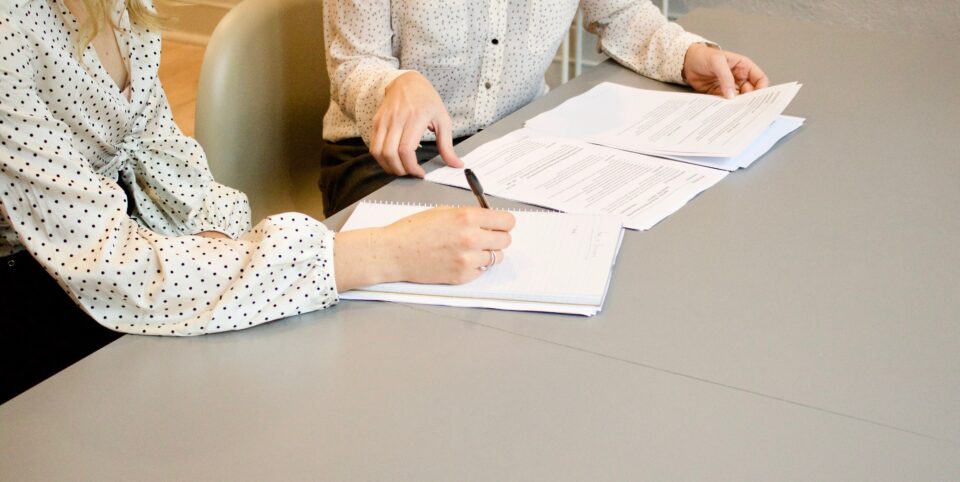Contact
020 4515 6728
info@ccameron.co.uk
Charles Cameron & Associates
Blackfriars Foundry
154-156 Blackfriars Road
London SE1 8EN
How to ensure you have a solid tenancy agreement
July 13, 2021
Information published was correct at the time of writing
When it comes to private renting, there are measures in place to protect both landlord and tenant. Regardless of the type of tenancy, it’s important to know where the lines of responsibility are drawn. Whether you’re a landlord or a…

When it comes to private renting, there are measures in place to protect both landlord and tenant. Regardless of the type of tenancy, it’s important to know where the lines of responsibility are drawn.
Whether you’re a landlord or a tenant, it makes good sense to have a solid tenancy agreement in place. Not only will this highlight your rights and responsibilities but it will also help maintain a positive relationship between you and your landlord or tenant.
The most common type of tenancy in the UK is an Assured Shorthold Tenancy (AST). This describes tenancies involving:
• a private landlord who will not be living in the property
• a tenant or tenants who will be living in the property
• annual rent that is no less than £250 and no more than £100,000
At the start of a new AST, a tenant and landlord will sign a tenancy agreement, and the tenant will pay the landlord a deposit. If you’re a buy-to-let landlord, here are the answers to common questions you may have about this stage of the tenancy.
What is a tenancy agreement?
There’s more to renting out a property than just handing over the keys. Tenancy agreements are an essential component in the life of any buy-to-let landlord or property investor. A tenancy agreement is a contract between a landlord and tenant. Legally, a verbal agreement is acceptable and equally valid as a written agreement. But in practical terms, it’s advisable to have a written agreement in place to refer to in case of a dispute. Tenancy agreements can either cover a fixed term (e.g. one year) or renew periodically (e.g. every month).
What should a tenancy agreement include?
The tenancy agreement should specify the details of the property (i.e. address), landlord and tenant, and a start and end date.
Rent – How much and how frequently is it due? What payment methods are acceptable? When will the rental amount be reviewed?
Deposit – How much was paid by the tenant? Where is it held? In what circumstances will it be withheld, in full or in part?
Bills – Who is responsible for paying them?
Obligations – What is expected of the landlord and tenant? Who will carry out repairs?
Additional terms – Is it acceptable to sublet the property? In what circumstances can either party withdraw from the agreement early?
What is a tenant deposit?
When your tenants provide you with a deposit, it’s your responsibility to protect their money in a government-backed tenancy deposit scheme (TDP). A tenant deposit is an amount of money (usually equivalent to rent for a certain period, e.g. one month) that the tenant pays to the landlord at the start of the tenancy. In certain circumstances you can use this deposit to cover costs such as rent arrears or property damage caused by the tenant. The deposit amount, and the conditions for repayment, should be covered in the tenancy agreement.
What is the law around handling deposits?
You must place your tenant’s deposit in a TDP scheme, within 30 days of receiving it. You must inform the tenant which scheme their deposit is protected by and provide them with a TDP Certificate. These schemes ensure that the deposit is returned to the tenant at the end of the tenancy, as long as they met the terms of their tenancy agreement, paid their rent and bills, and didn’t cause damage to the property. If these conditions are met, the deposit must be returned within ten days. All of these laws are in place to protect both you and the tenant from lengthy and costly disagreements. Knowing your rights and responsibilities is an important part of being a buy-to-let landlord.



